Speak Out for Our National Monuments under Review
6 Comments
The Department of the Interior is reviewing the protected status of 27 national monuments. After explaining what they are, I will be giving the perspective of a photographer of the national parks, with the hope that it will encourage you to speak out for the national monuments.
People know what a national park is, but they often don’t know what a national monument is. They differ in three ways: how they are established, what they protect, who runs them.
First is the way they are established. Congress establishes national parks and national park system units, but only national monuments may be proclaimed by the President. As of this writing, 16 presidents of both parties have proclaimed 157 national monuments using the authority granted to them by the Antiquities Act of 1906. The land has to be already owned by the federal government, it cannot be privately owned nor state-owned – so none of them are “federal land grabs.” There is a very good reason for allowing executive action: legislative action may be too slow to prevent irreversible resource degradation. The first bill to protect the Grand Canyon was introduced in 1882, but it wasn’t until executive orders were placed that the area became protected. The idea of the Antiquities Act of 1906 came when John Lacey (a conservative Republican) saw first hand the looting of archeological sites in the Southwest that was happening while Congress was still debating.
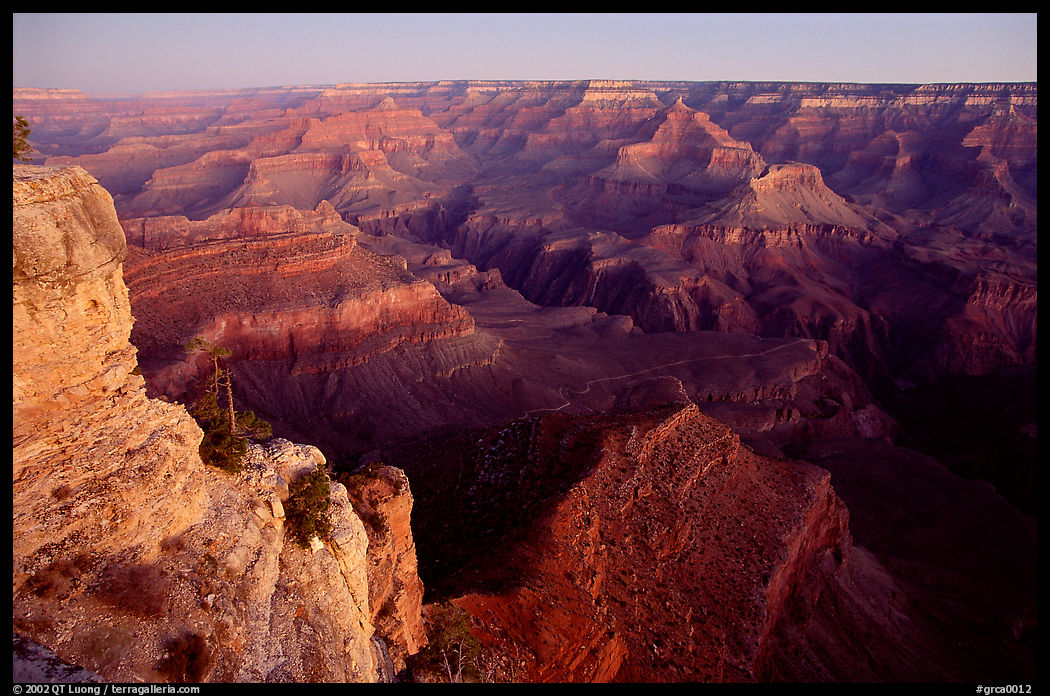
National monuments have varied contents. Many national monuments contain objects and man-made structures, but the language in the Antiquities Act, mentioning “historic landmarks, historic and prehistoric structures, or other objects of historic or scientific interest” allows for protection of natural resources as well. The history of the Antiquities Act application confirms that. Twenty seven of our prized national parks were first protected as national monuments, starting with the Grand Canyon. Of all the national parks designated since 1969, only two were not national monuments before: National Park of American Samoa and Cuyahoga Valley. The first has a special status as it is made of lands leased from Samoan villagers, while the later is the only national park that ever originated from a national recreation area. And although some national monuments are small, others were some of the largest protected lands in the country.
Here is the list of thirty national parks that were first protected (entirely or partly) as national monuments:
- Acadia
- Arches
- Badlands
- Black Canyon of the Gunnison
- Bryce Canyon
- Capitol Reef
- Carlsbad Caverns
- Channel Islands
- Congaree
- Death Valley
- Denali
- Dry Tortugas
- Gates of the Arctic
- Glacier Bay
- Grand Canyon
- Grand Teton
- Great Basin
- Great Sand Dunes
- Joshua Tree
- Katmai
- Kenai Fjords
- Kobuk Valley
- Lake Clark
- Lassen Volcanic
- Olympic
- Petrified Forest
- Pinnacles
- Saguaro
- Wrangell-St. Elias
- Zion
Yet, two recent executive orders by President Donald Trump are questioning the legitimacy of national monuments created since 1996. The Secretary of the Interior, Ryan Zinke, has been instructed to review 27 national monuments designated by the Antiquities Act over the past 21 years to look for “abuses” of the act. Here is the relevant memo.
All national parks are run by the National Park Service (NPS), which celebrated its centennial last year. The NPS has the strictest protection standards of any agency, but not all national monuments are managed by the NPS. There are currently 129 national monuments, and they are managed by eight federal agencies, sometimes with a co-management agreement. NPS manages the most (88), followed by Bureau of Land Management (27), US Forest Service (12), and Fish and Wildlife Service (8). Here is the list of the national monuments under review:
- Basin and Range BLM
- Bears Ears BLM/USFS
- Berryessa Snow Mountain BLM/USFS
- Canyons of the Ancients Colorado BLM
- Carrizo Plain BLM
- Cascade Siskiyou BLM
- Craters of the Moon (2000 expansion only) BLM/NPS
- Giant Sequoia USFS
- Gold Butte BLM
- Grand Canyon-Parashant BLM,NPS
- Grand Staircase-Escalante BLM
- Hanford Reach FWS/DOE
- Ironwood Forest BLM
- Mojave Trails BLM
- Organ Mountains-Desert Peaks BLM
- Rio Grande del Norte BLM
- Sand to Snow BLM,USFS
- San Gabriel Mountains USFS
- Sonoran Desert Arizona BLM
- Upper Missouri River Breaks BLM
- Vermilion Cliffs BLM
- Katahdin Woods and Waters NPS
- Marianas Trench CNMI/Pacific Ocean FWS
- Northeast Canyons and Seamounts NOAA, FWS
- Pacific Remote Islands FWS
- Papahanaumokuakea NOAA, FWS
- Rose Atoll FWS
Over the past two decades, I have concentrated my efforts on the national parks, which as my readers know, provided me much joy and changed my life. However, I was able to take time away from that project to visit half a dozen of the national monuments under review. I am not going to pretend that I know them in depth, but I have seen enough that I can affirm that they match national parks in beauty and richness. In fact, there are efforts underway to redesignate Craters of the Moon National Monument as a National Park. So at stake here is the future of lands that are deserving of becoming our next national parks.
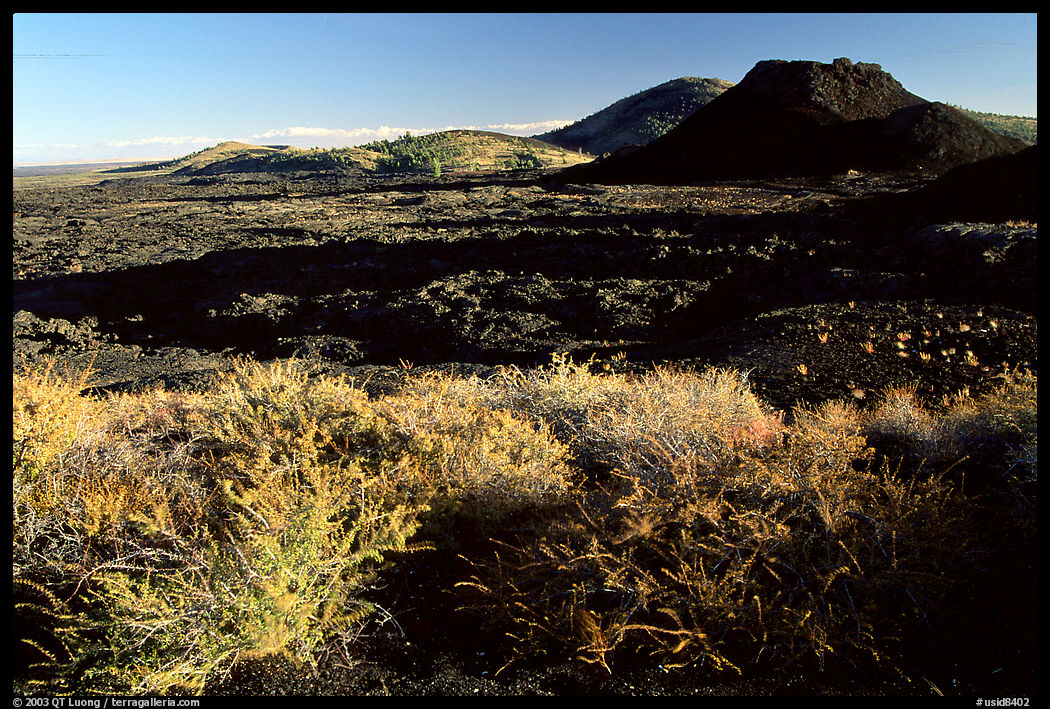
Craters of the Moon National Monument, Idaho
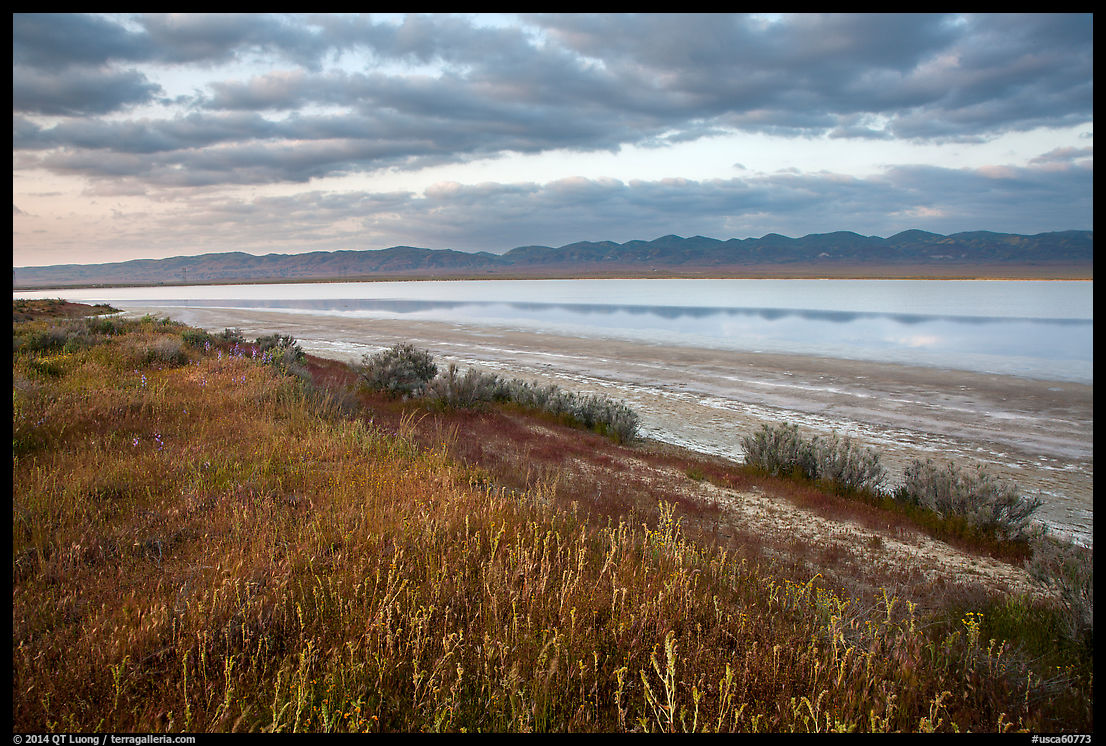
Carizzo Plain National Monument, California
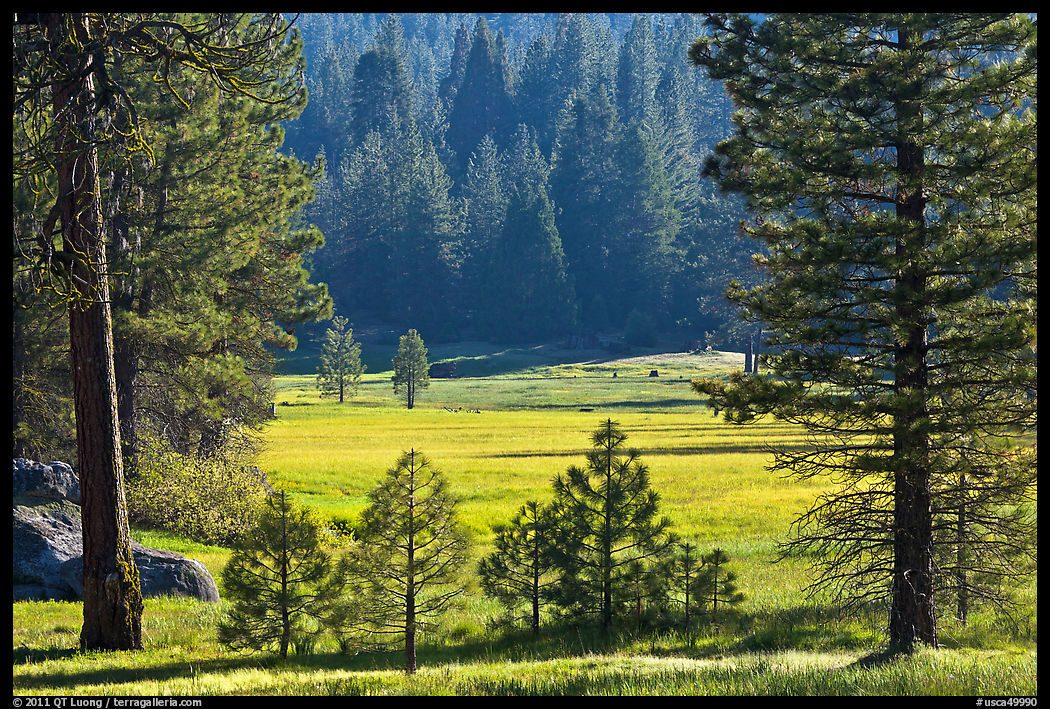
Giant Sequoia National Monument, California
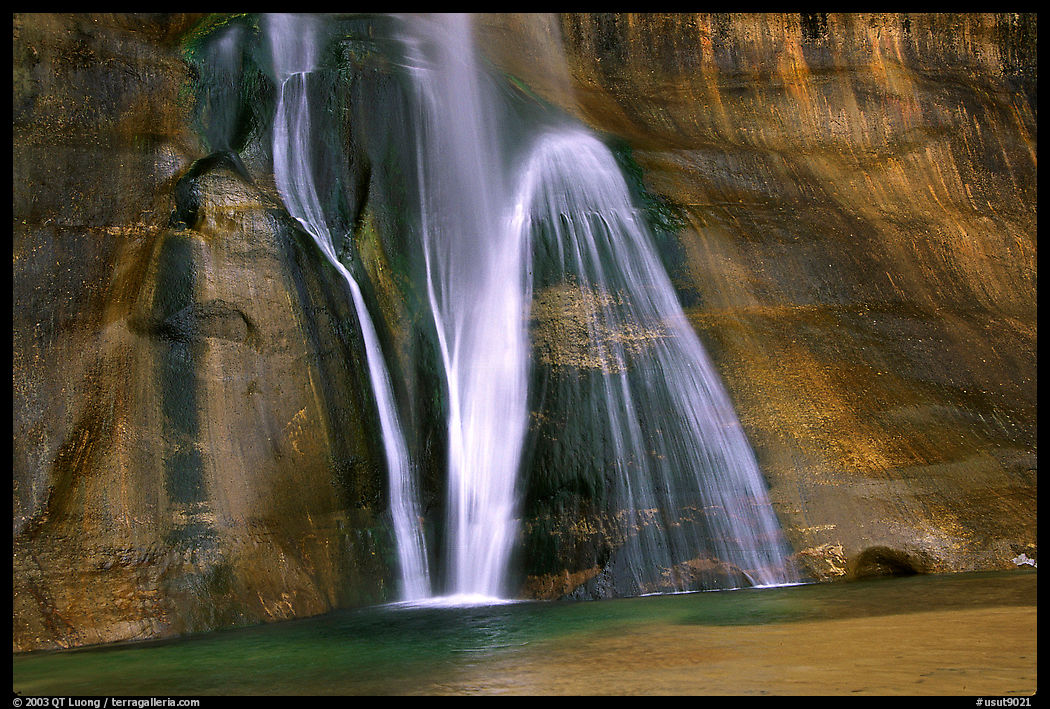
Calf Creek Falls, Escalande-Grand Staircase National Monument, Utah
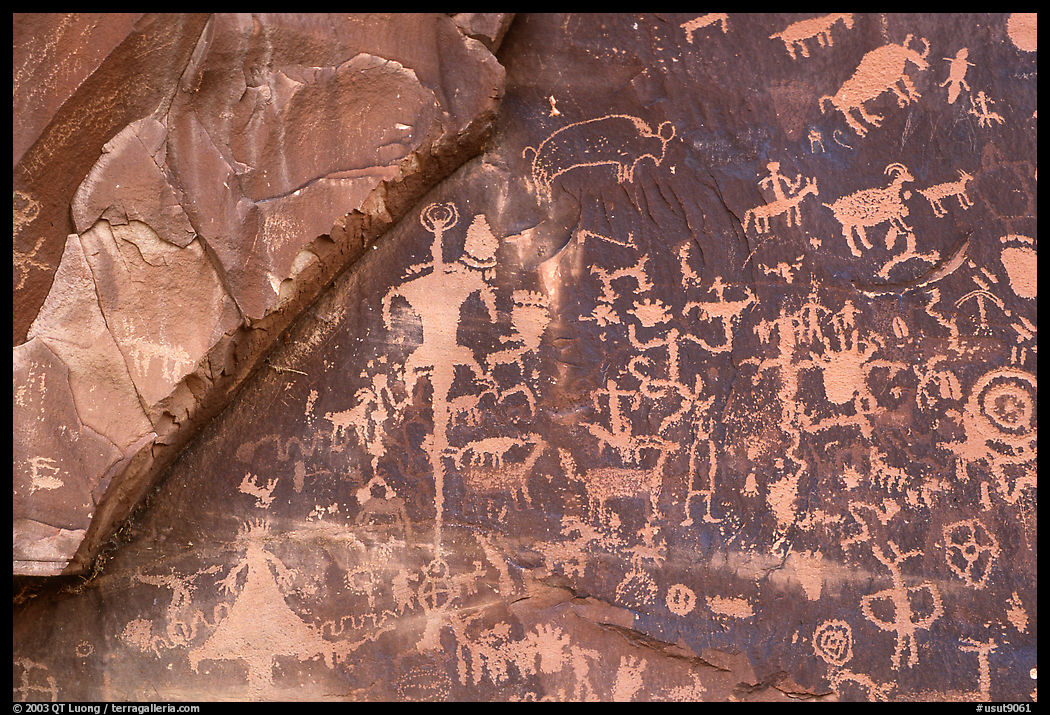
Newspaper Rock, Bears Ears National Monument, Utah
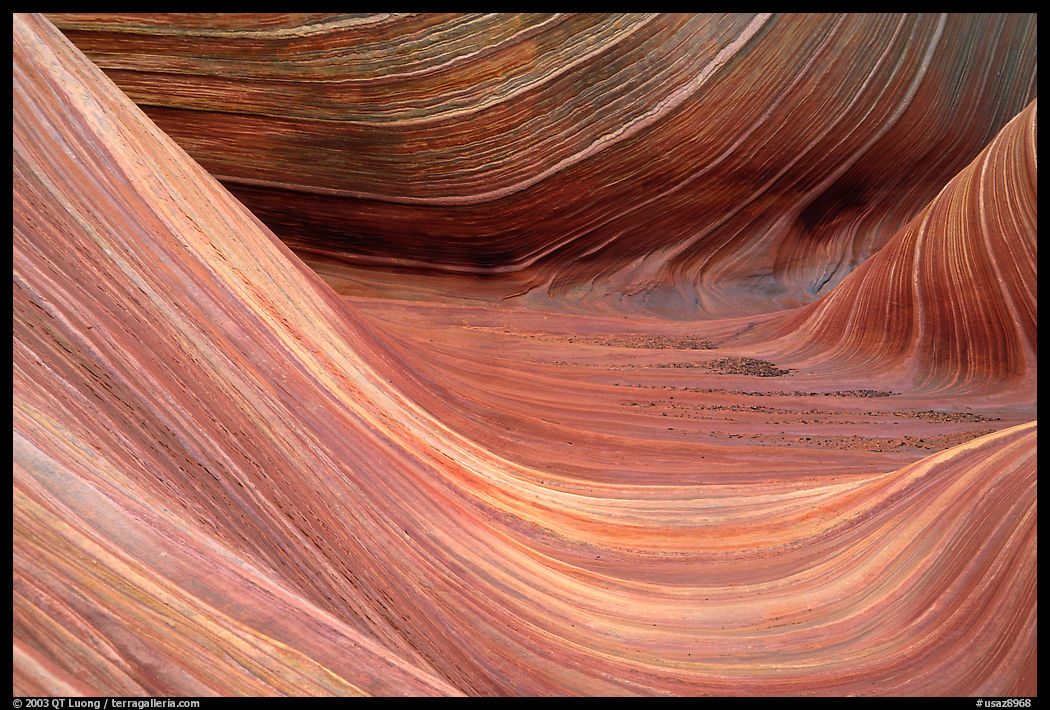
The Wave, Vermillion Cliffs National Monument, Arizona
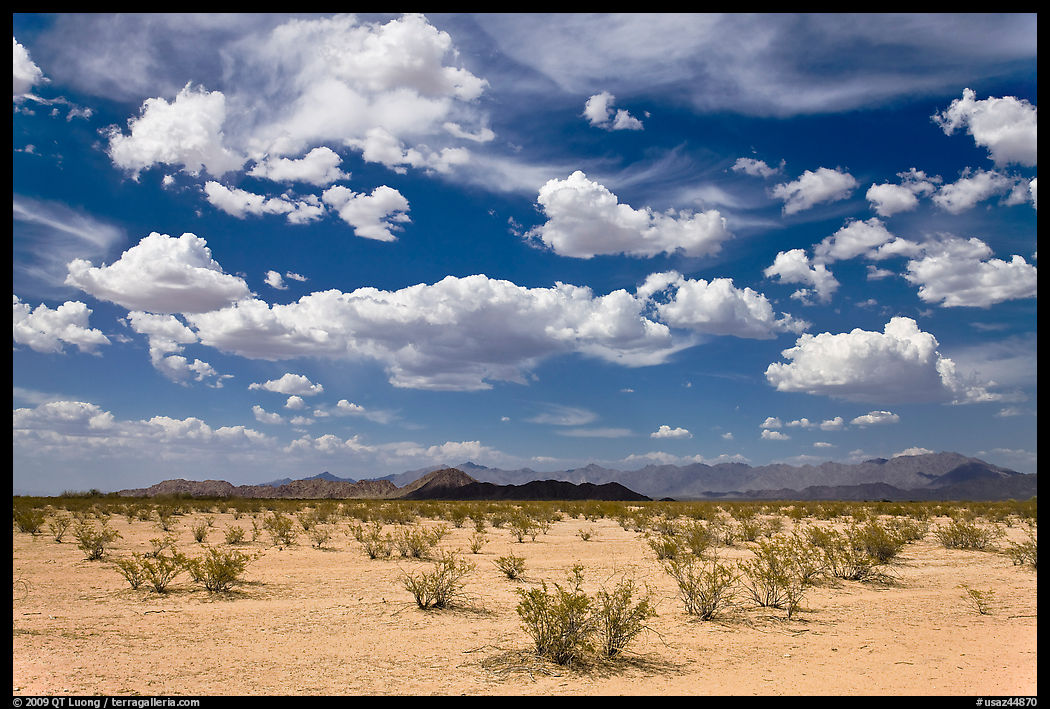
Sonoran Desert National Monument, Arizona
As part of the review process, the public is being invited to submit comments on the review. The comment period opened yesterday and will end July 10, 2017, except for Bears Ears National Monument – a prime target of the review – for which comments must be submitted before May 26, 2017. Blink and you’ll miss it. I hope you take some time to speak out for our national monuments.


I certainly don’t want to see a strip mine dug in the Bears Ears wilderness, but I wonder if capitalism will take care of the problem for the conservation camp anyway. I don’t know of any natural resources in Bears Ears worthy of economic exploitation. Even if Trump wants to open it up for development, no one will do it because there is no viable business. So what are both sides really fighting for? Is there something valuable under the ground that I don’t know about? Oil, gold, water, rare earth mineral? What am I missing?
Are you saying that you don’t know if there are mineral resources in Bears Ears or that you read that there aren’t any? There are quite a few oil and gas wells in the area, so it is possible that there is some potential in the monument, which would be enough reason for impoverished locals to want to preserve the possiblity to extract. And while touring Grand Staircase Escalante, secretary Zinke took a look at a coal seam (https://twitter.com/secretaryzinke/status/862430560605487104). Besides, it’s not inconceivable that part of the opposition to the national monument stems from the mere fact that it was proclaimed by President Obama.
Tommy, it’s not just about minerals, though that could still be a concern. Looting of artifacts has been a huge problem in the Bears Ears area for at least a century. Off-road vehicle use has also been extremely difficult for the BLM to manage there. Combine that with greatly increased information about sensitive sites on the internet, and you have a real need for much greater authority and resources to manage the area. I’ve been visiting it for almost 30 years, and I really wish it could just be ignored and left alone, but I just can’t avoid the conclusion that the place seriously needs a step up in visitor education, site monitoring and law enforcement.
QT Luong, great summary, thank you!
Jackson, thanks for your perspective. Although I haven’t been there, I’d say some of the most beautiful images of Indian ruins I’ve seen, by photographers like Ray McSavaney and John Sexton are from the area, and if anything warrants protection as “antiquities”, those certainly do!
Here is the sad fact. National monuments and parks bring in much more money for the communities over the long haul than the resources on the land. The people who live in the area might be upset about the feds but they will not benefit from the removal of the land from monument status.
I I agree that recreation/tourism may hold more long term value than resource extraction although in tthe short term the later may bring better jobs, but why is that sad?